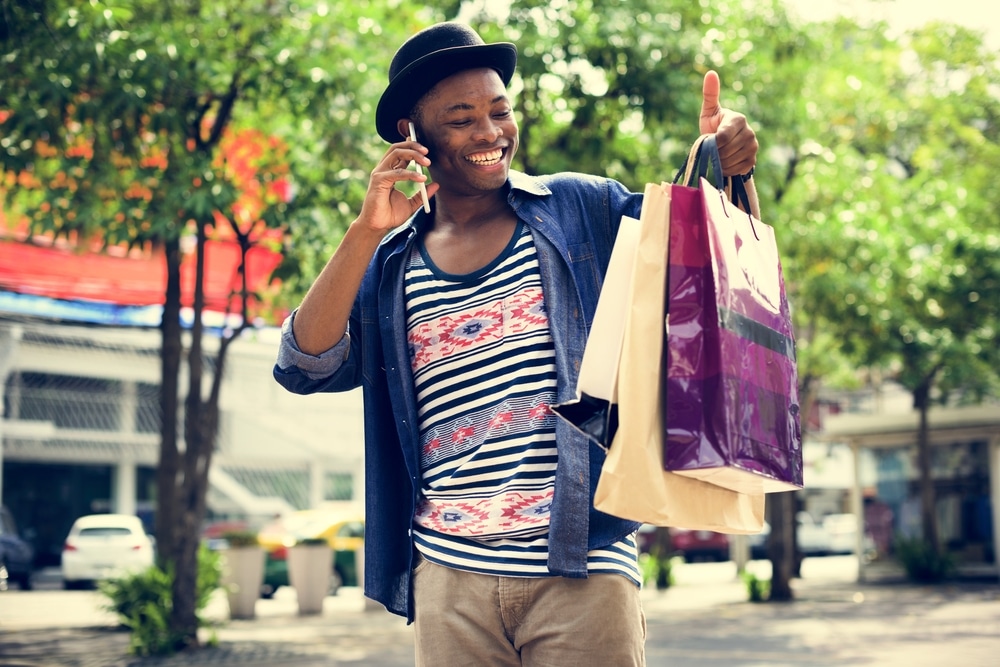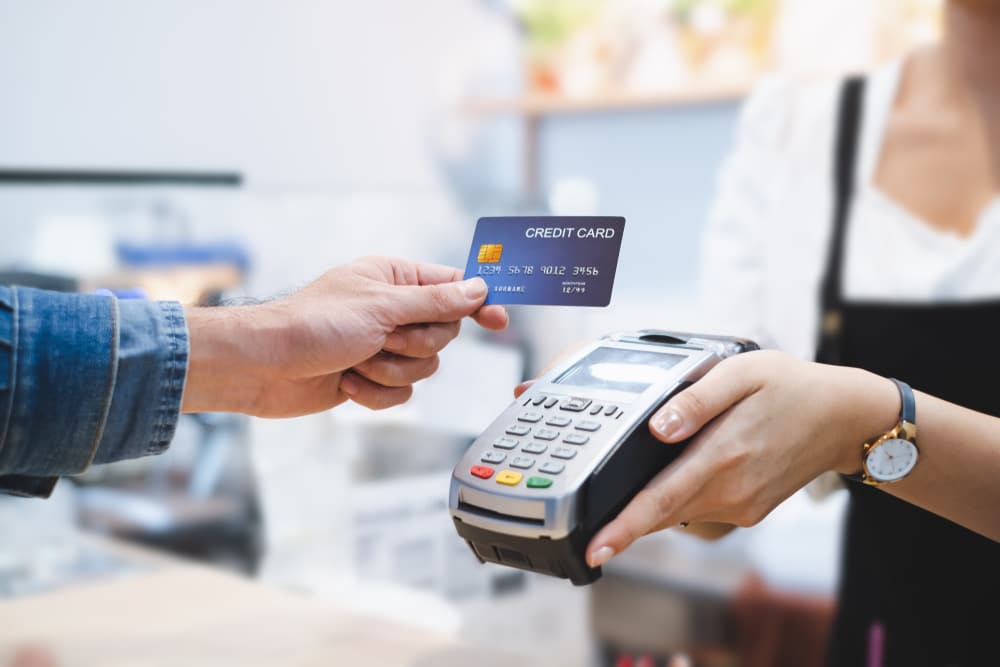The average American is exposed to an estimated 4,000 to 10,000 ads per day. At some point, it’s intrinsic to subconsciously screen for messages that spark a personal interest and filter out those that aren’t relatable.
Personalization is the key to locating the right demographic for particular products and brand messaging—and yet, so many brands are woefully inadequate at aggregating data and deriving meaning from it all. That’s actually good news if you’re a retailer or marketer reading this, as committing to a personalization strategy can give you a leg up on the competition. In fact, there are several reasons why personalization in retail is a must for engaging new and existing customers.
What Does Personalization in Retail Look Like in 2020?
Personalization in retail is about delivering a tailored, individual experience to a shopper based on demographics and past behavior. Personalization varies greatly in practice, but examples in the retail sphere may include:
- Disney: Customers can book a trip on the Disney website, download the app to plan out trip details, and use the physical Magic Band to connect their credit card, room key, photo gallery, Fast Passes, meal plan, parking ticket, and more.
- Starbucks: When customers download the Starbucks app, they have access to a loyalty rewards program. They can use the app to order and pay for coffee, download the music that’s playing over the café’s speakers, and redeem free offers.
- Sephora: Customers can access their Sephora account from a mobile device while in-store to schedule a makeover, discover promotions, virtually try on makeup, add products to a wish list, and purchase via the app to pick up in-store. Sephora associates have access to customer purchase histories to make personalized recommendations.
- Nordstrom: Customers can buy online and pickup in-store. Personal stylists can visit customers at home to provide them with VIP treatment. Customers can also benefit from alterations and express returns. Homepage personalization with suggested items and trending location-based digital catalogs are just one way Nordstrom goes the extra mile for their customers.
- Amazon: When shoppers add an item to their cart while shopping on Amazon.com, the item also pops up in their cart within the Amazon mobile app. When customers make a purchase, they are invited to share product details on social media, and will subsequently find targeted ads on Facebook related to the purchases they’ve made. Shoppers can easily view complementary items that other customers purchased with the item they’re currently browsing, as well as similar products and tailored recommendations.
Why Personalization in Retail is a Must to Grow Engagement
1. Brands and retailers can’t capture general attention without personalization.
In order to engage consumers, you must first capture and hang onto their attention. Studies show that brands and retailers don’t have a fighting chance without more personalized marketing efforts:
- 91% of consumers unsubscribe from emails
- 44% say they simply throw out direct mailings
- 60% of smartphone users opt-out of mobile push notifications
The end result of this disengagement is over $280 billion left sitting in virtual shopping carts each year. In a 2018 study, 55% of marketers said the top benefit of personalization was increased visitor engagement and improved customer experience.
2. Personalization is still a differentiating factor.
 Personalization plays a major role in consumer purchase decisions. In fact, 91% of consumers in one study said they’re more likely to purchase from retailers who know their names, purchase history, and what to recommend. In another study, more than half of shoppers (52%) said they would change brands if a company doesn’t offer personalized communication. Many shoppers have claimed to have chosen, recommended, or paid more for a brand that provided a personalized service or experience. And many expect consistent experiences across multiple devices and believe it is important that retail brands recognize them across all channels. Yet, only 10% of companies rank themselves “highly effective” at personalization; surveys have confirmed that retailers are missing the mark:
Personalization plays a major role in consumer purchase decisions. In fact, 91% of consumers in one study said they’re more likely to purchase from retailers who know their names, purchase history, and what to recommend. In another study, more than half of shoppers (52%) said they would change brands if a company doesn’t offer personalized communication. Many shoppers have claimed to have chosen, recommended, or paid more for a brand that provided a personalized service or experience. And many expect consistent experiences across multiple devices and believe it is important that retail brands recognize them across all channels. Yet, only 10% of companies rank themselves “highly effective” at personalization; surveys have confirmed that retailers are missing the mark:
- Half of the surveyed shoppers “never” or “rarely” discover valuable in-store content.
- Two-thirds of shoppers say they are “frustrated” by these impersonal experiences.
- Another third of shoppers think personal assistance is missing from the in-store experience.
3. Engagement from personalization efforts pays dividends.
There’s no refuting the evidence that presents itself study after study, confirming the effectiveness of engaging consumers with personalization techniques:
- Personalized emails drive a six times higher transaction rate compared to generic emails.
- Forty-eight percent of consumers say they buy more when marketers take their interests into account.
- Personalization delivers a five to eight times return-on-investment of marketing spend.
- Personalization can cut the cost of customer acquisition in half.
- Personalization increases the effectiveness of marketing spend by 30%.
- Increasing personalization efforts has increased consumer spending by up to 500%.
- Eighty-eight percent of U.S. marketers have seen measurable improvements from personalization.
- Most marketers report over a 10% lift in marketing improvement after personalizing.
4. Personalization and marketing efforts are ultimately about lifetime value.
The end goal of any marketing strategy used to be “to convert a browser into a buyer.” However, this sort of brand interaction is transactional and fleeting. Brands and retailers should aim to establish long-term relationships with customers.
The end goal of any marketing strategy used to be “to convert a browser into a buyer.”
Delivering exceptional, personalized service based on consumer profiles empowers employees to provide the sort of relevant experiences shoppers desire. Thanking customers after a purchase, educating buyers about getting full utility out of their purchases, and helping them take the next step to buy again is simply good old-fashioned customer service. With intelligent recommendations and capitalized cross-selling opportunities, shoppers not only put more in their carts but walk away with a better brand impression. They are more likely to tell friends and family what a great experience they had, and return for more shopping experiences over the course of their lifetime.
In this type of relationship, brands and retailers don’t have to continuously spend resources on acquisition, persuading a shopper to purchase, or discounts and coupons that take away from their value. Once a shopper has moved beyond initial engagement, feeling deeply valued and developing brand affinity, the relationship can really blossom. The more shoppers with high lifetime value, the more successful a company will be year after year, as guaranteed sales return.
5. Personalization is a way to survive.
As Retail Dive put it: “Personalization is the key to keeping your customers engaged—and spending money. Retailers that get it right stand to gain a lot. Those who don’t, lose.”
Casualties of the 2018 retail apocalypse included major players like Toys R Us, Sears, and Kmart. These established brands failed to meet consumer demands for digital experiences and personalization. As a result, they had to close their doors. The trend didn’t stop in 2019 as stores like Gymboree, Payless Shoes, DressBarn, and AC Moore did the same.
Brands and retailers can’t rely on name recognition and years of service alone. With small businesses, pop-up shops, and eCommerce players all vying for market share, the modern enterprise has to be one step ahead of customer expectations to provide what people don’t even know they want—yet.
Personalize the Experience and Engage Customers with Shopkick
Personalization technology doesn’t have to be expensive or difficult to implement. Given that people take their smartphones with them virtually everywhere, the mobile platform proves extremely effective at reaching shoppers during the crucial moments on the path to purchase. So, what better way to reach customers than with a mobile app that incentivizes shopping behaviors?
Shopkick, an innovative shopping rewards app, offers brands and retailers a way to engage with an already-loyal user base of customers who eagerly shop at partnering stores, watch branded in-app videos, locate products in-aisle, and make purchases to earn points (“kicks”) toward gift cards. Shopkick greets shoppers by name when they enter a partnering retailer, and helps guide them to products throughout the store. After racking up enough kicks, Shopkick adds a personal touch by allowing users to redeem gift cards to their favorite stores.
Brands and retailers looking to grow customer engagement should consider how effective Shopkick can be for personalizing a shopper’s experience. Shopkick offers users a personalized experience throughout the entire purchase journey—from trial and consideration to purchase.
Ready to incorporate personalization in your retail strategy? Read our success stories and contact Shopkick to learn how to become one of our partners.
Image courtesy of Robert Kneschke
 When exploring the available options of shopping rewards app out there, I found Shopkick to work the best for me. How it works is simple. Once you download Shopkick, you have access to many of the most popular sites for shopping for the necessities—groceries, clothing, electronics, and more. You can shop directly through the app or visit participating stores to make purchases. The more you use Shopkick to do things like watch promotional videos, visit websites and physical stores, locate products in the store, and make purchases, the more rewards points you earn which are called “kicks.” You can also earn kicks for making purchases online through the app or with a Visa or MasterCard linked to your Shopkick account.
When exploring the available options of shopping rewards app out there, I found Shopkick to work the best for me. How it works is simple. Once you download Shopkick, you have access to many of the most popular sites for shopping for the necessities—groceries, clothing, electronics, and more. You can shop directly through the app or visit participating stores to make purchases. The more you use Shopkick to do things like watch promotional videos, visit websites and physical stores, locate products in the store, and make purchases, the more rewards points you earn which are called “kicks.” You can also earn kicks for making purchases online through the app or with a Visa or MasterCard linked to your Shopkick account. 
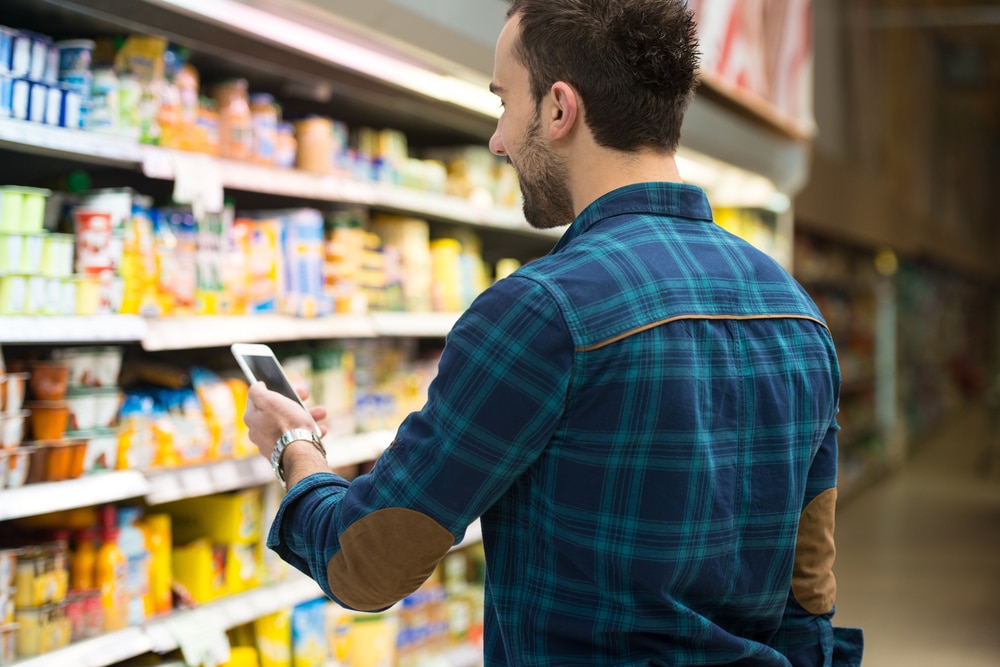
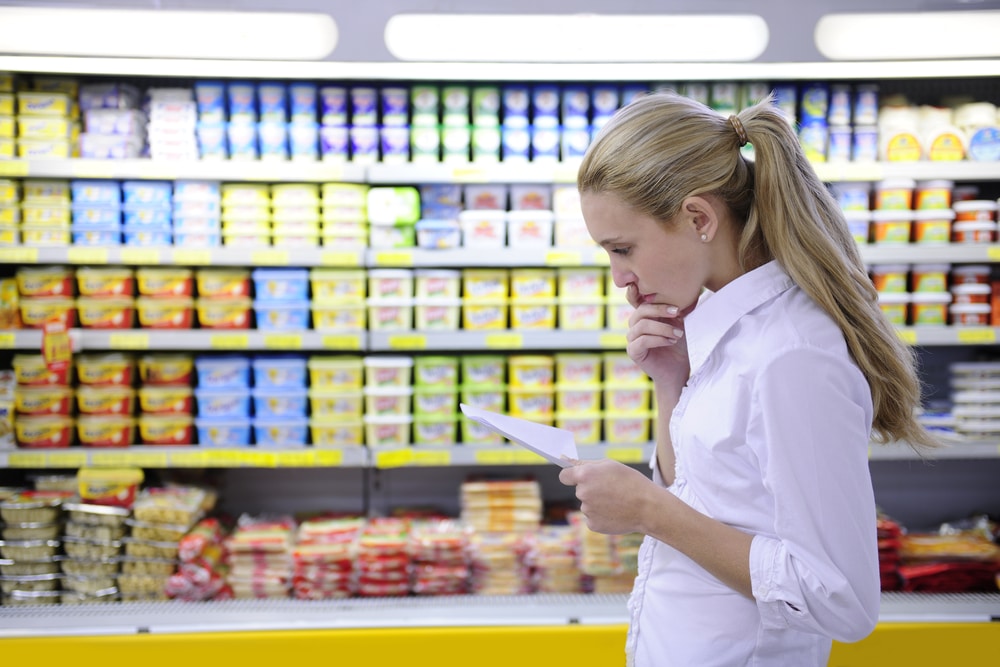


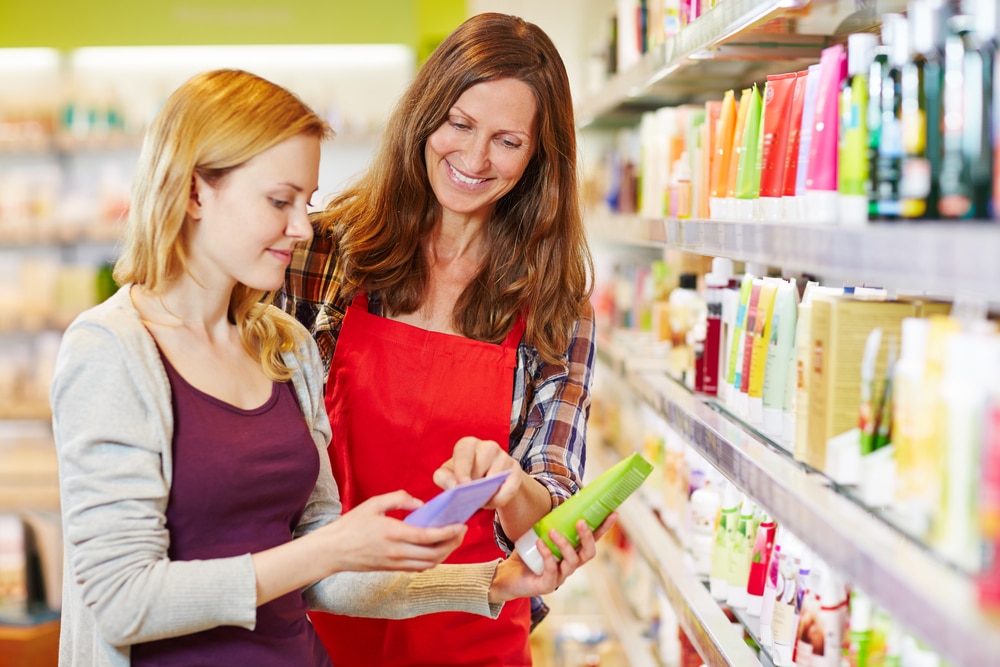
 Personalization plays a major role in consumer purchase decisions. In fact,
Personalization plays a major role in consumer purchase decisions. In fact, 
